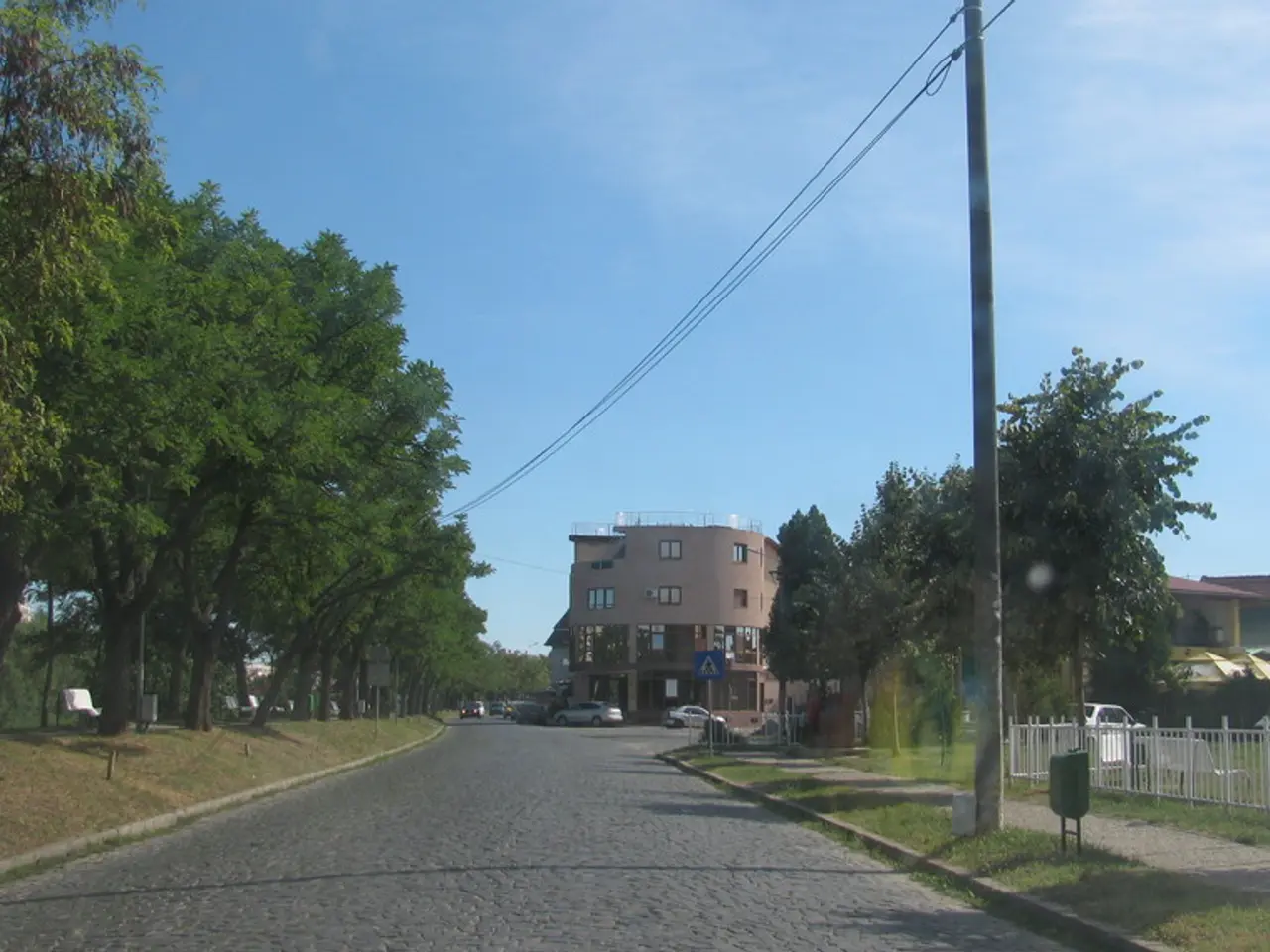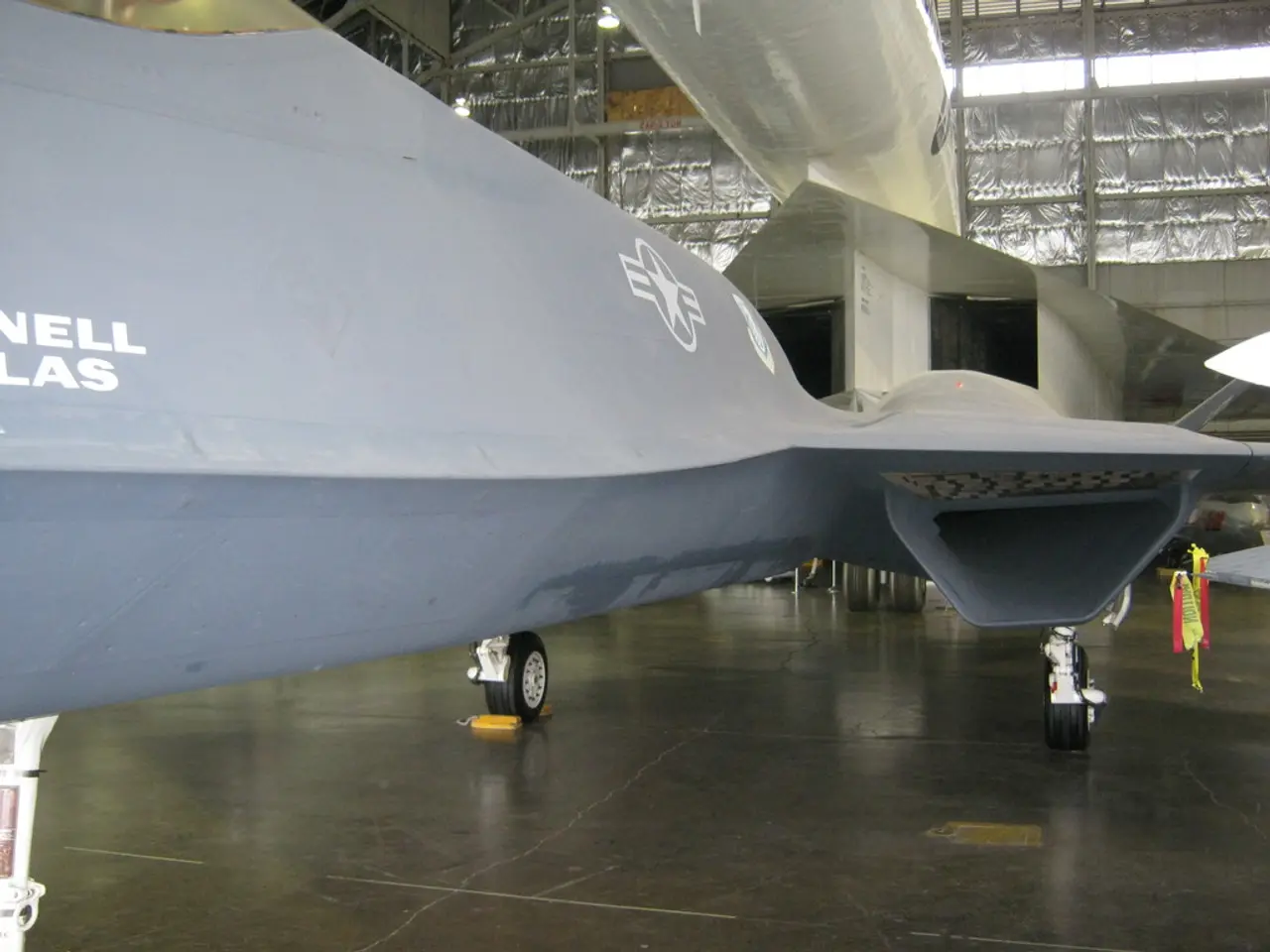Solar automobile unveiled at Stanford: Sundae
Stanford's New Solar Car, Sundae, Prepares for the Bridgestone World Solar Challenge
Stanford University's Solar Car Project has unveiled its latest creation, Sundae, a solar-powered vehicle designed to compete in the Bridgestone World Solar Challenge. The team aims to drive Sundae for at least 2000 miles before the big race in October.
Sundae, named for its reference to the sun, is smaller than its predecessor, Arctan, due to a new rule from the competition. This has presented a design and build challenge for the team. However, the smaller size has not compromised the car's performance.
The team has focused on several key design features to improve Sundae's efficiency and speed. The car features refined aerodynamic shaping to reduce drag, lightweight materials for reduced weight, an enhanced solar cell layout for increased solar energy capture, and improved battery technology for better energy storage and usage. The suspension has been optimized for stability and driving performance over race conditions, and Sundae boasts a catamaran aerobody to reduce air resistance and maximize sunlight harvesting.
Maggie, a team member, stated that Sundae costs around 2 million dollars due to sponsorships and other investments. The battery in Sundae is designed to be as safe as those used in Tesla and other electric cars, with safety checks carried out by Panasonic.
The team plans to test Sundae in California's Central Valley this summer before heading to Darwin, Australia, on October 8, ready to race. The Stanford team's number one goal for the Outback race is not to break down, and their second goal is to rank in the top 3 of the race.
In 2015, the team raced 1864 miles (3000 km) with Arctan in the Bridgestone World Solar Challenge and finished 6th overall. The Stanford Solar Car Project, an entirely student-run team, has been offering hands-on engineering experience since 1989.
The team is aware of the potential challenges that may arise during the race. Heavy rain could potentially be damaging to the car, and if it is cloudy during the race, the team will get less power from the solar array. However, Maggie mentioned that rain is unlikely during the race, and if it does occur, water will not necessarily harm the solar array since it is waterproofed.
The team aims for a future where people drive electric cars and get their electricity from solar farms. They hope that Sundae's success in the Bridgestone World Solar Challenge will inspire more interest in renewable energy and sustainable transportation.
The Stanford Solar Car Project, amidst their preparations for the Bridgestone World Solar Challenge, is integrating elements of both science and technology in the design of their solar car, Sundae. To ensure efficient performance, they have combined advanced solar cells, lightweight materials, aerodynamic shaping, superior battery technology, and optimized suspension, hinting at a connection between solar power (science) and tech innovation in sports.
As they strive to improve renewable energy awareness and sustainable transportation, the team envisions a future where people drive electric cars powered by solar energy farms, illustrating a potential intersection between science, technology, and sports in shaping a more eco-friendly world.




